Top 10 Powerful Kings in IndiaIndia has created powerful and brave kings. Historical records describe the dynasties that raised their swords to conquer, defend, and expand. It's worthwhile to listen to the tale of the Indian kings since it's intriguing. 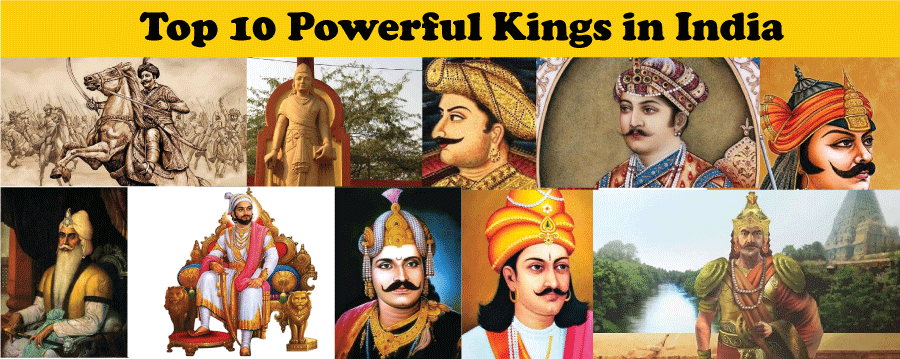
More than one monarch has governed India at various times, and now we are providing readers with India's top 10 powerful kings. We have emphasized rulers with royal status and concern for the welfare of the populace and those with strategic prowess. 1. Chandragupta Maurya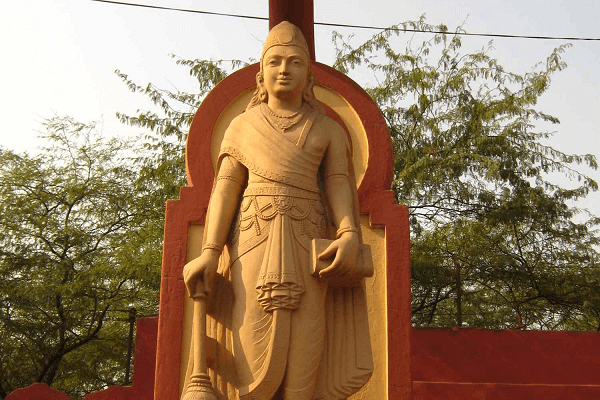
Chandragupta Maurya established the Maurya Empire and was the first Ruler to unite most of Greater India under a single kingdom. He held the throne from 322 BC to 298 BC, when he voluntarily retired and handed over power to his son Bindusara. Chandragupta Maurya significantly influenced India's history. Most of the Indian Subcontinent was fragmented into tiny nations before he concentrated power, while the Nanda Empire ruled the Indus-Gangetic Plain. His dominion spanned the Deccan Plateau in the south, the Himalayas and Kashmir in the north, Afghanistan and Balochistan in the west, and Bengal in the east. The Empire was the biggest ever in Indian history. Chandragupta began winning battles at age 20 after appointing the famous strategist Chanakya as his guru. He was more than capable of thwarting Alexander's assault on India. When Chanakya first saw Chandragupta as a child in Taxila, he was captivated by his potential and decided to provide for Chandragupta's education. Chandragupta established his dominion after adulthood by overthrowing the Nanda dynasty, capturing Magadha, and expanding it westward to Iran. There was a government under Selukas, Alexander's commander at the time. Chandragupta beat him in combat, and he lost a huge portion of the kingdom.
2. Ashoka Maurya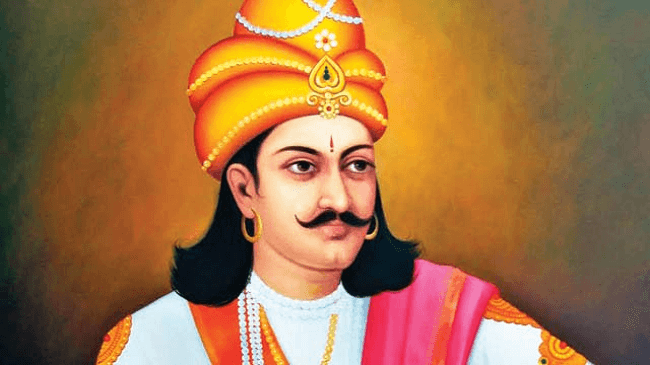
Ashoka Maurya was an Indian monarch of the Maurya Dynasty who governed the entire Indian subcontinent from around 269 BCE to 232 BCE. Other names for him included Ashoka the Great and Ashoka. Ashoka, one of India's greatest kings, ruled over a dominion that included all Indian subcontinents, except for some areas of modern-day Tamil Nadu and Kerala, from the Hindu Kush mountains in the west to Bengal in the east. The Empire's administrative centre was Pataliputra in the present-day Magadha area of Bihar, while its provincial capitals were Taxila and Ujjain. Ashoka fought a destructive war against the kingdom of Kalinga around 260 BCE (modern Odisha). He captured Kalinga, something that his predecessors still needed to do. After seeing the widespread devastation of the Kalinga War, which he had started with a passion for expansion, he converted to Buddhism. Ashoka considered the Kalinga war, reportedly leading to over 100,000 murders and 150,000 deportations. Beginning around 263 BCE, Ashoka gradually embraced Buddhism.
3. Raja Raja Chola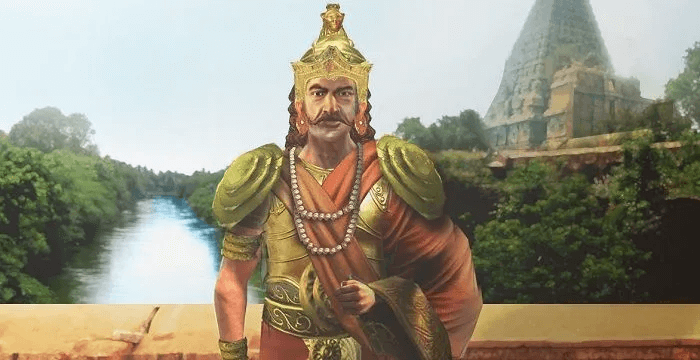
One of the greatest Indian Emperors, known as Raja Raja the Great and ruled from 985 to 1014 CE; Raja Raja means "the King of Kings." He was remembered as the pioneer of the pinnacles of Chola splendour. The Chola Dynasty began to grow into a powerful Empire during his rule. He defeated several Indian kingdoms, allowing the Chola Empire to expand as far as Kalinga (Odisha) in the northern and Sri Lanka in the southern. One of South India's greatest rulers, Raja Raja Chola, was a brave great warrior and empire builder, a skilled administrator, a lover of the arts and literature, and a brilliant builder. During his rule, the works of the renowned Tamil poets Appar, Sambandar, and Sundarar were gathered and compiled into a collection titled Thirumurai, demonstrating his enormous support for Tamil literature. In 1000 CE, he started a huge land survey and evaluation project that improved the Imperial administration and resulted in the rebuilding of the Empire into groups known as valanadus. He constructed the renowned Brihadeeswarar Temple, one of India's biggest and tallest temples. The strongest of all the southern rulers was Raja Raja Chola. He established his tyranny in the southern region and expanded his control to Sri Lanka. The Chola dynasty influenced the commercial marine lanes of the Indian Ocean, and without their consent, no commerce could occur here.
4. Prithviraj Chauhan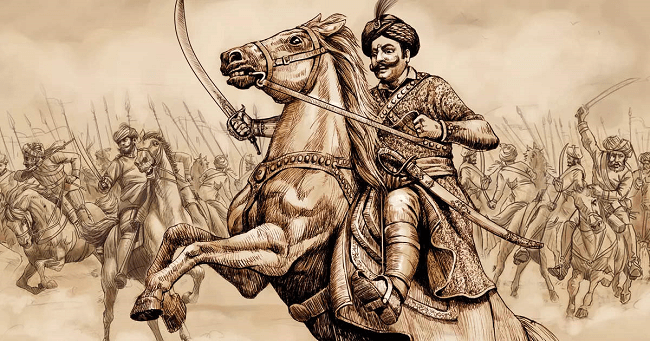
Prithviraj is regarded as one of the finest warriors in the history of the world and the biggest in India. When his father was killed in battle when he was thirteen in 1179, he gained the kingdom of Ajmer. After learning of his bravery and courage, his grandfather Angam, the monarch of Delhi, designated him the heir to the throne. He once used his strength and no weapons to kill a lion. His fame as the King of the warriors was well known. Chauhan was the final independent Hindu monarch to rule Delhi. He took power in 1169 CE at the age of 20, ruling from the twin towns of Ajmer and Delhi. At just thirteen years old, he overcame Gujarat's powerful monarch Bheemdev. He had archery training and could aim while wearing blindfolds (Shabdabhedi Ban Vidya). Samyukta/Sanyogita, the daughter of Jaichand, was his rival, and their love affair is well known. One of the well-known Indian monarchs, Prithviraj Chauhan, was in response to the country's northern region. He was the descendant of Someshvara, Ruler of the Chahamana kingdom, which mostly contained the modern states of Haryana, Rajasthan, and Delhi.
5. Maharana Pratap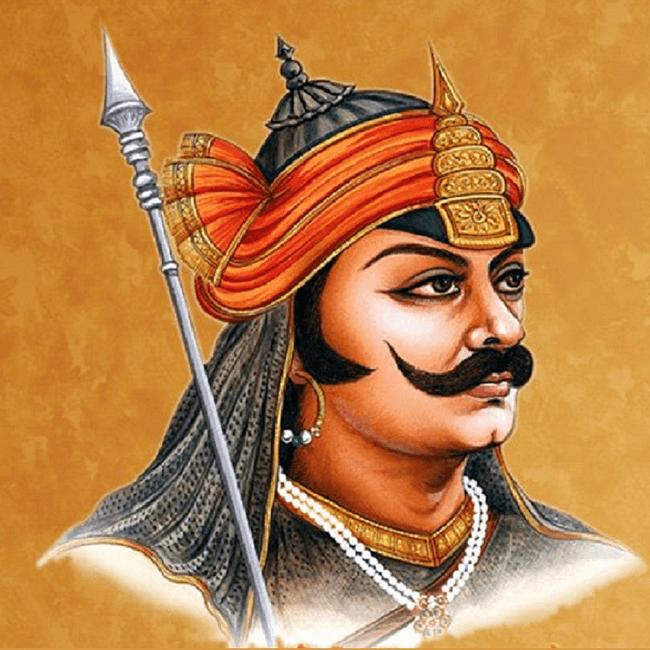
Maharana Pratap ruled the Mewar Kingdom as a Hindu Rajput. Meanwhile, almost every other Rajput Ruler who served Pratap had become a warrior of the Mughals. Especially Shakti Singh and Sagar Singh, Pratap's brothers, represented Akbar. In reality, many Rajput kings, like Raja Man Singh of Amber (later identified as the Maharaja of Jaipur), were army generals and council members in Akbar's troops. Akbar attempted to arrange a similar type of peaceful agreement with Pratap that he had obtained with the other Rajput leaders by sending several six diplomatic missions for Pratap. On the other hand, Pratap respectfully refused to respond to Akbar's reign, claiming neither the Sisodia Rajputs nor he would surrender to the rulership of any other power. Pratap said that he had no desire to battle with Akbar but was unwilling to surrender to him and recognize him as the supreme leader. According to some historians, there was an opportunity for Maharana and Akbar could have been friends. Still, during the battle of Chittor, when Akbar killed 30,000 innocent civilians of Chittor because they declined to convert to Islam, the incident left a lasting effect on Maharana's mind. He decided he could not surrender to such an arrogant and cruel man as Akbar.
6. Shivaji Maharaj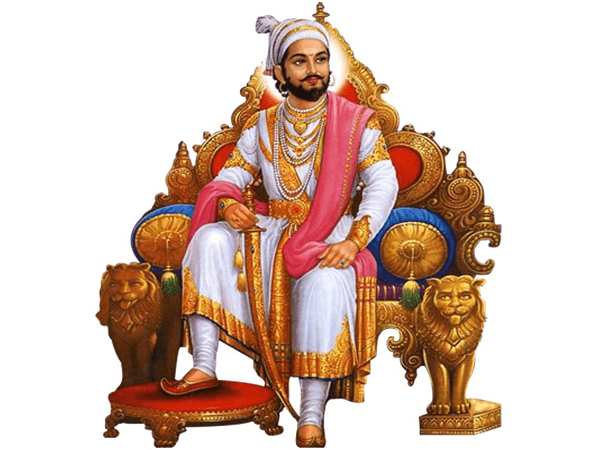
Shivaji Maharaj maintained a capable, forward-thinking civil government with a well-trained military and organized administrative institutions. He developed new military strategies and was the beginning of an armed struggle (also known as Shiva sutra or gaming kava), which employed critical factors including geography, speed, and surprise and concentrated targeted strikes to overcome more difficult and strong rivals. To safeguard his realm, Shivaji erected and maintained forts in both the interior and coastal regions that were strategically situated. He started with a little troop of 2,000 warriors inherited from his father. He encouraged using Marathi and Sanskrit rather than Persian in court and government and recovered traditional Hindu political customs and legal practices. The father of the Indian Navy, Shivaji is the greatest monarch and most successful commander in Indian history. Nobody other understood the value of a navy before him. He was the first king in Indian history to use the natural surroundings effectively. His military achievements, including his departure from Agra, escape to Vishalgad, and military campaigns in Karnataka, are legendary. He also maintained the goal of swaraj (self-rule) above all others. In addition, he was a highly inspirational leader, and nearly none of his commanders ever betrayed him. He was also influenced by King Bali, a mythological figure believed to have founded a kingdom of farmers; Shivaji was a merciful ruler. He created the rules that ensured the social harmony of the state. Even for Muslim soldiers, he built a mosque on Raigad.
7. Maharaja Ranjit Singh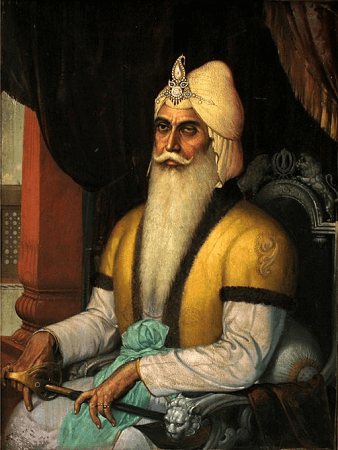
The first member of the Sikh empire established one of India's biggest empires while losing an arm and one of his eyes. He expelled the Durrani population from Punjab, took control of Multan and Peshawar, and captured the whole province. He overcame the terrible Pathans in Kasur and expanded his domain to the Sulaiman Mountains' foothills. After him, Kharag Singh, his son, assumed control of Sikh authority. The Sikhs first came to power in the nineteenth century under Maharaja Ranjit Singh. He was the leader of the Dal Khalsa, a group that stretched his control over the state of Punjab. After receiving his iron medal in the shape of a missaldar, Maharaja Ranjit Singh began enlarging his realm by defeating other missaldars. He governed the Panjab region between the British Empire in the east and the realm of Durrani in the west. Ranjit Singh created the Sikh empire by combining the whole of Panjab. Maharaja Ranjit fought with Afghans and took control of Peshawar and other Pashtun areas.
8. TIPU Sultan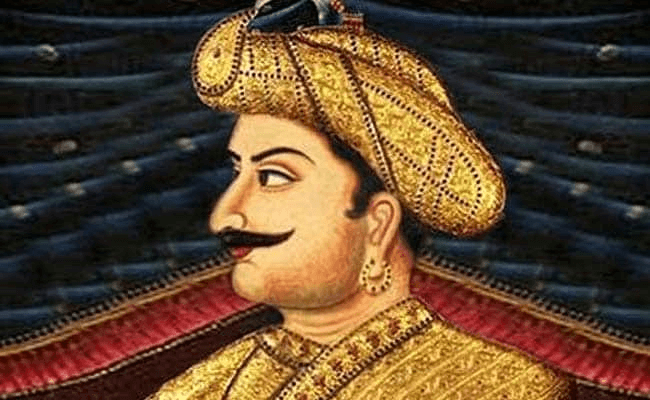
At the time, Tipu Sultan served as crown prince and gained the title of King after a successful career. It was the last Indian Ruler to beat the British in battle and demand concessions. Lord Charles Cornwallis believed he might repair his military record by going to India after having mixed experiences in the American War of Independence. Such a mistake was when Tipu essentially developed the use of rockets in battle during the struggle against him. They existed when his father was alive, but Tipu enhanced them for use in combat. Although the rockets were ineffective by today's standards, they were designed to create disturbance and chaos to scatter the enemy. Many believe his treatment of his prisoners and disappointment with beaten enemies made him a terrible and unworthy king. The last monarch to beat the British in battle, he was an unparalleled fighter and the Indian version of "Last Samurai." He is a strong candidate for this honour because of this.
9. Akbar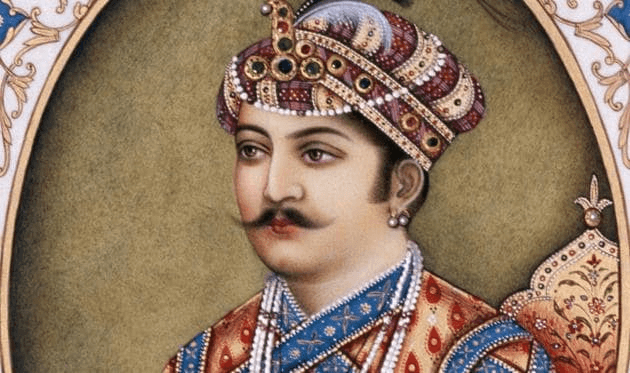
Humayun's successor was Akhbar. The most powerful King in Indian history, he was. He valued variety and respected people of all faiths and ideologies. Akbar was an instance of an Indian emperor who showed bravery on the battlefield, intelligence at the court, and affection for his people. He so ruled from south to north and east to west. Therefore, he is unquestionably one of history's greatest rulers. Akbar was the third Mughal emperor to rule over the kingdom. North of the Godavari River, he controlled nearly the whole Indian subcontinent. The only emperor who was regarded equally by followers of the Muslim and Hindu faiths was Akbar. Akbar created a centralized administrative structure throughout his Empire to merge with the large Mughal Empire.
10. Hemu (Hemchandra Vikramaditya)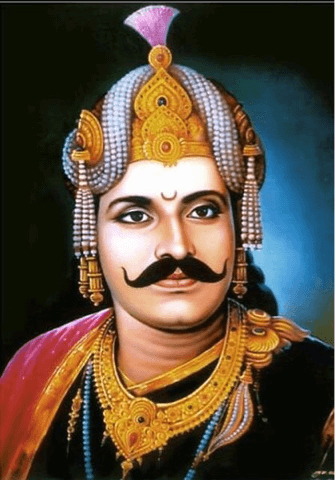
A Hindu ruler of North India in the 16th century CE, Hemu (who passed away on November 5, 1556) reigned when Afghans and Mughals struggled for authority in the area.On October 7, 1556, Hemu claimed the throne of Delhi after overcoming Akbar's Mughal soldiers in the Battle of Delhi in the Tughlakabad neighbourhood of Delhi. Hemu assumed the title of Vikramaditya, which several Hindu rulers had taken since Vedic times, and he was named the de facto Ruler. After more than 350 years under the Mughal and Turkish authority, he returned new rule to North India (but for a brief period).
ConclusionIt's difficult to stop studying India's powerful and skilled kings and warriors. We have experienced remarkable monarchs from ancient India before independence. This article contains a properly selected top 10 notable kings and emperors who, despite being ruled, had a significant impact on India's history.
Next TopicTop 10 Bgm in Telugu
|
 For Videos Join Our Youtube Channel: Join Now
For Videos Join Our Youtube Channel: Join Now
Feedback
- Send your Feedback to [email protected]
Help Others, Please Share










